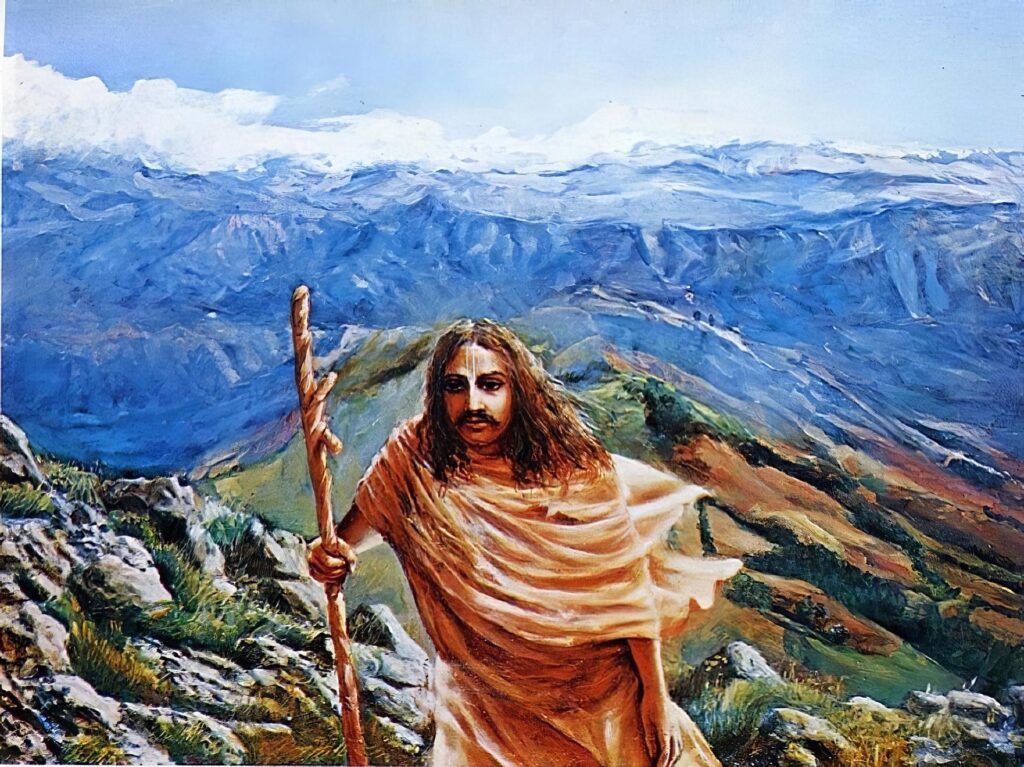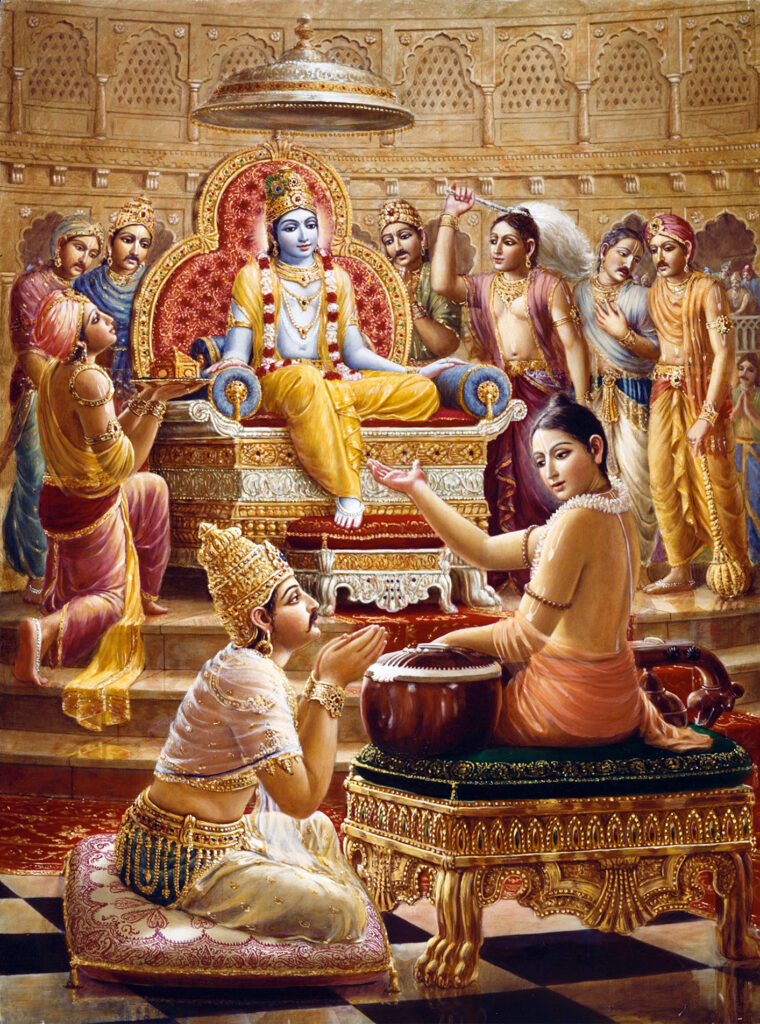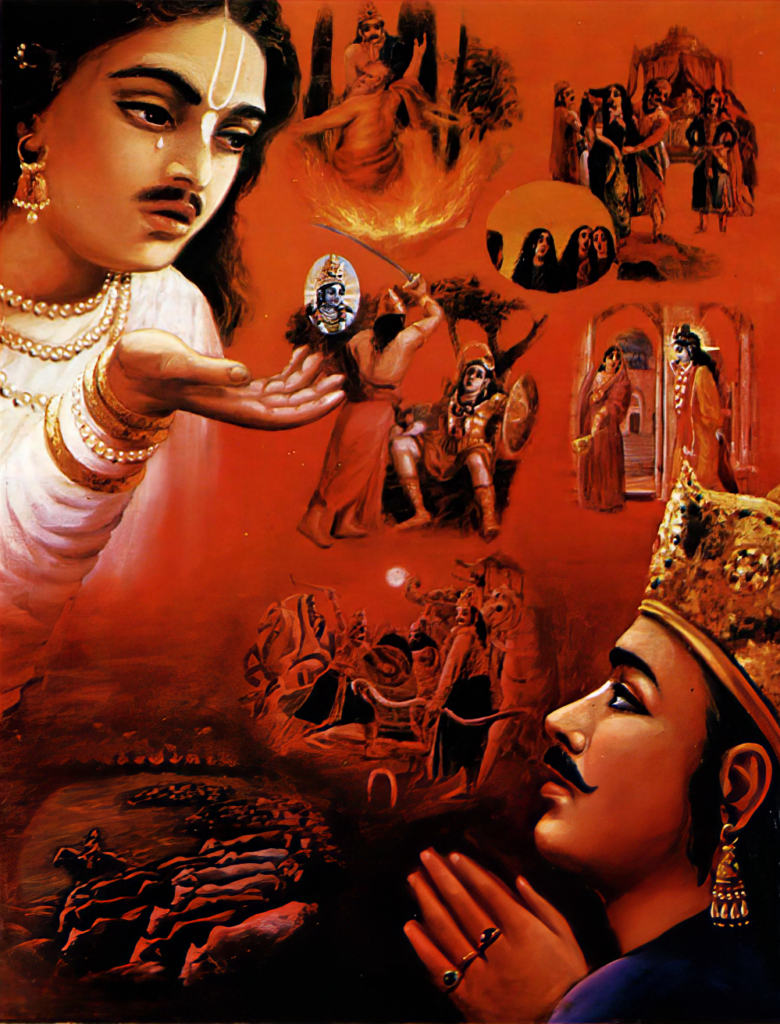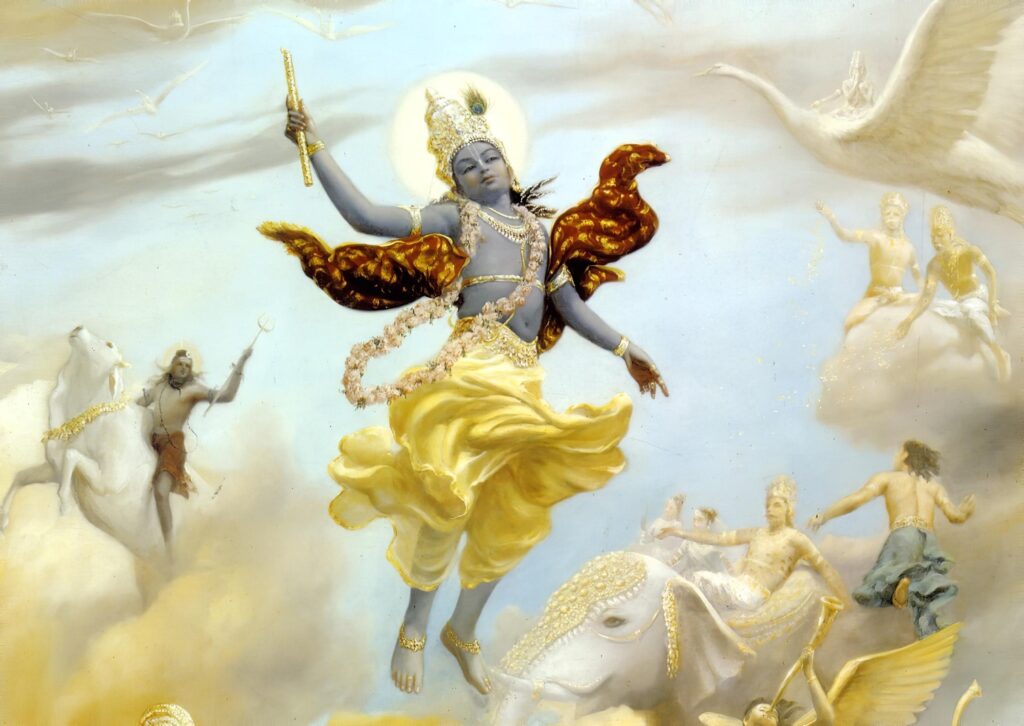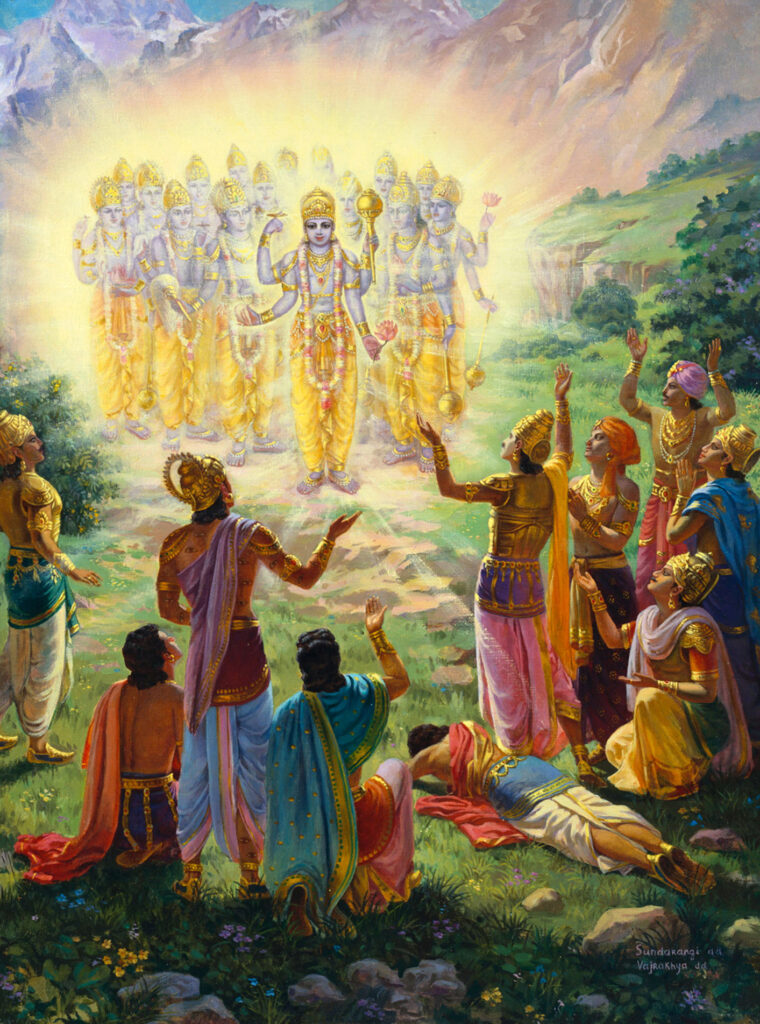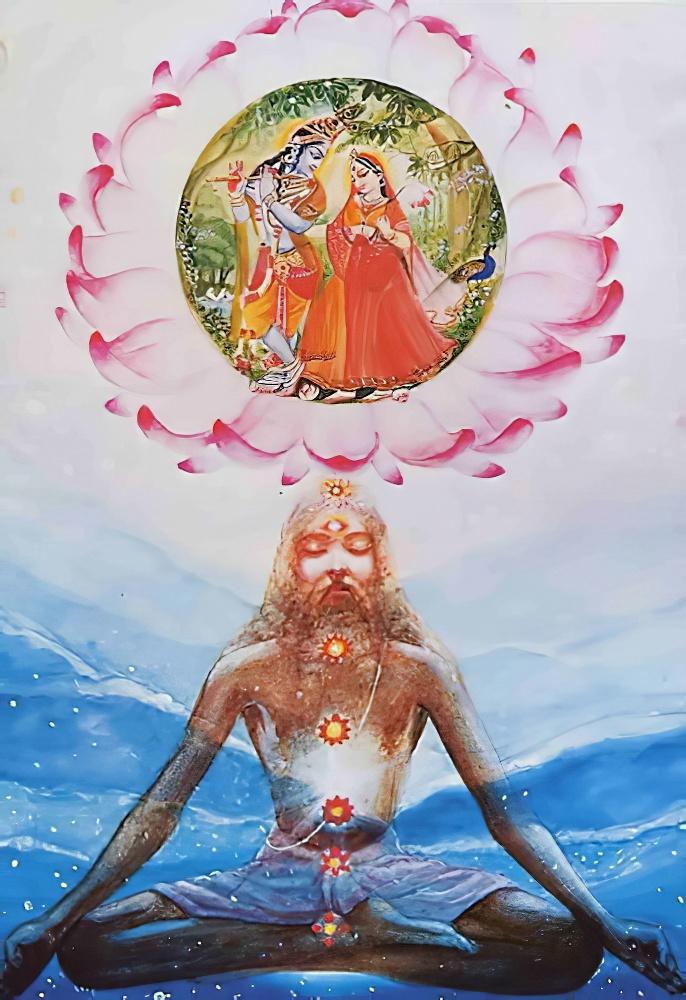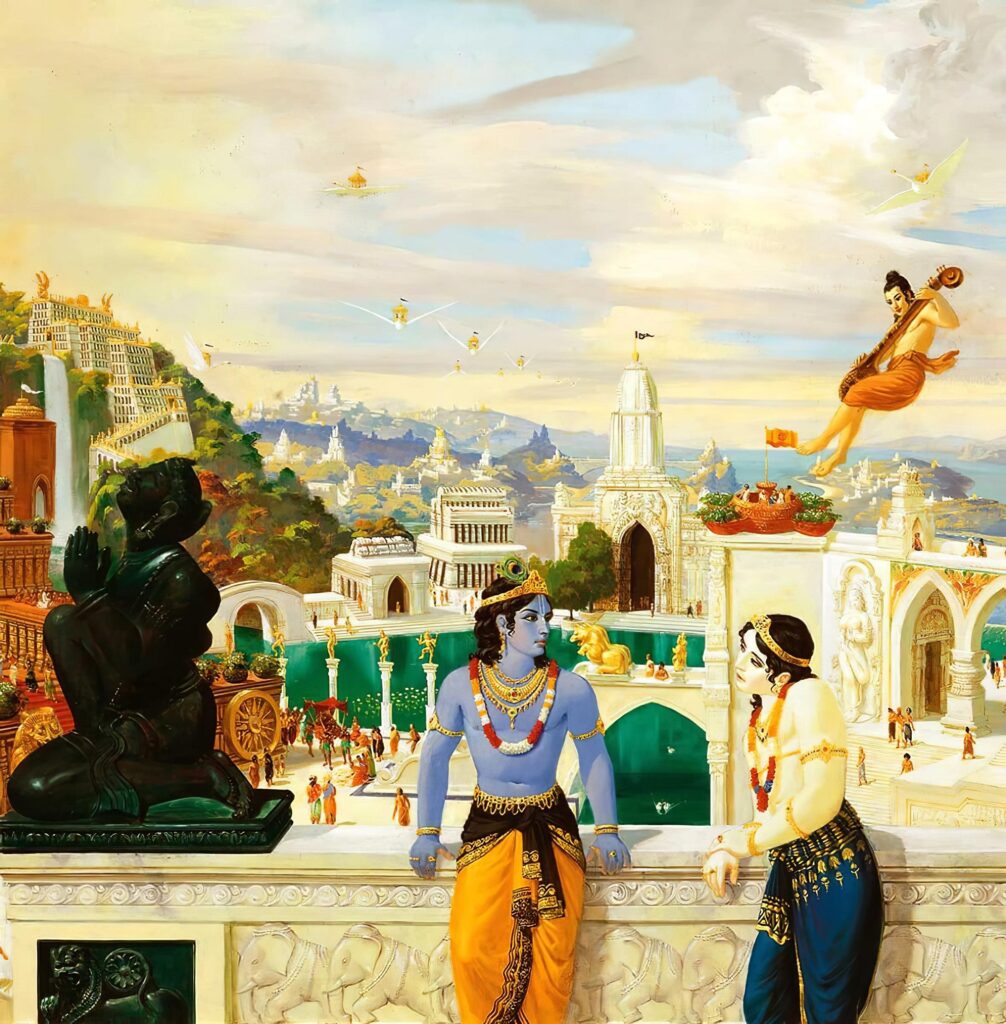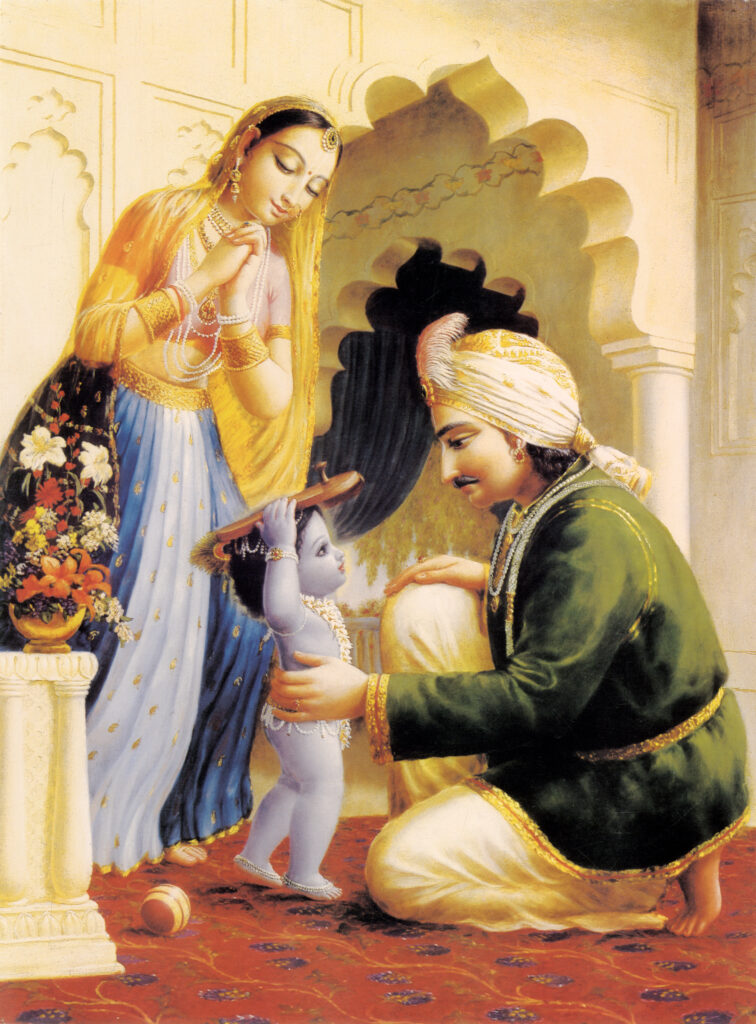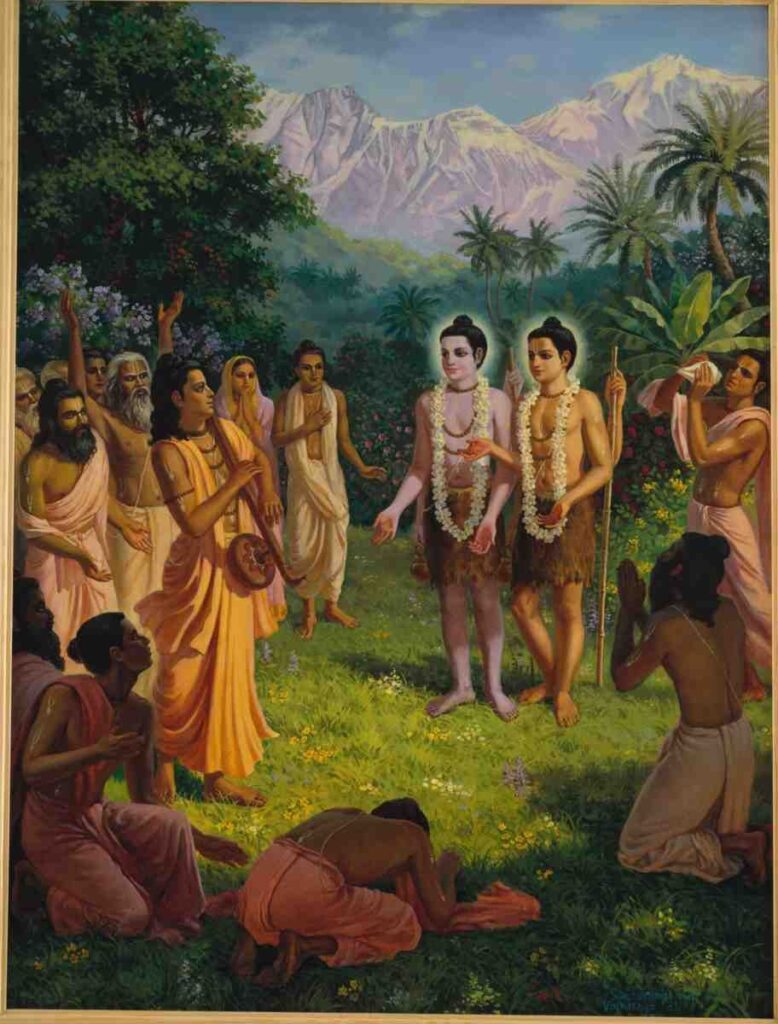Once, understanding that the age of Kali was approaching, a group of great sages approached Srila Vyasadeva, wishing to hear from him some solutions for the sinful age.
However, when the sages arrived, Vyasadeva was taking a bath in the Ganges, loudly shouting:
“Jaya Kali Yuga!”
“Jaya Kali Yuga!”
“Jaya Kali Yuga!”
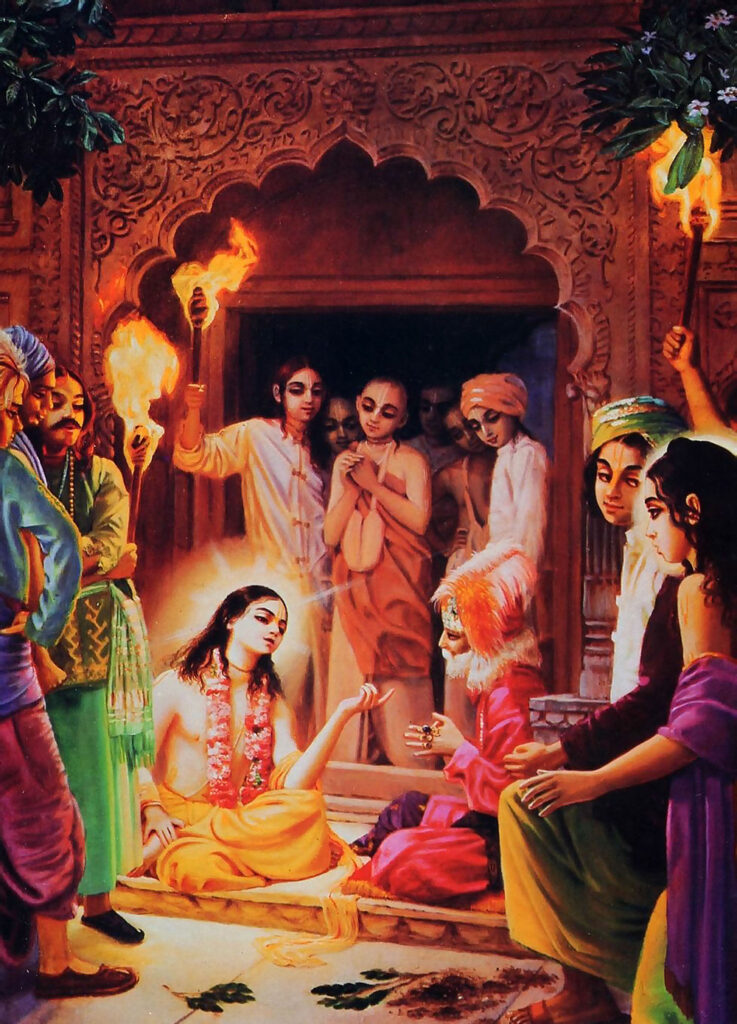
The sages where amazed. How could Vyasa be happy about the beginning of such an inauspicious age? After being inquired by the sages, Vyasa answered:
“Sages, listen closely! Though the coming Age of Kali is said to be the worst, there are three blessings in this age:
The first blessing of Kali Yuga belongs to women. Those who are devoted wives in this age are truly fortunate. Their duty is to love and honor their husbands, and they will be fully protected. Even without performing austerities or rituals, they can achieve the same spiritual level as their husbands.
The second blessing is for loyal servants. A servant’s duty is to faithfully serve their master. The master, in the pursuit of business or political success, may sometimes resort to dishonesty. These actions burden the master with sin, but the servant remains blameless. By simply serving, the servant enjoys the master’s protection and avoids the consequences of the master’s actions. In this way, the servant’s position is even more fortunate.
The third and greatest blessing of Kali Yuga is the power of chanting holy names. In this difficult age, most of our efforts yield little fruit. The world is full of challenges and imperfections. But through sincere chanting of the holy names, we can swiftly cross the ocean of material existence and reach Vaikuntha, the Lord’s supreme abode.”

